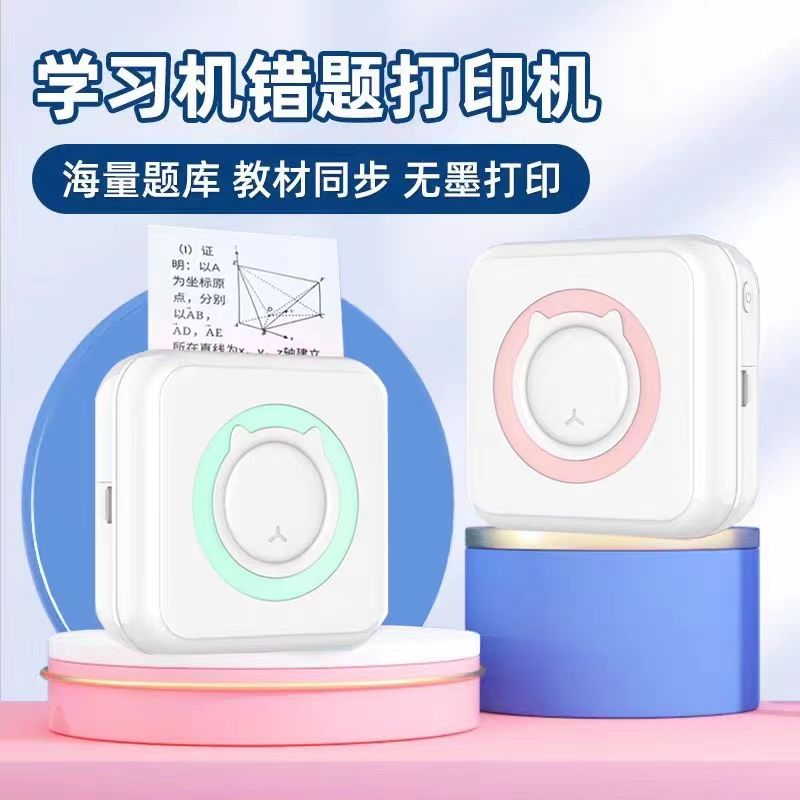喷墨式与激光式:两种打印机原理的深度解析
甙邵登峰
2024-10-19 22:56:52
0次
喷墨式与激光式:两种打印机原理的深度解析
在数字打印技术中,喷墨式打印机与激光式打印机是两种常见的打印设备。尽管它们都可以完成打印任务,但它们的原理、使用和性能特点却截然不同。本文将深入解析这两种打印机的原理和工作方式。
一、喷墨式打印机原理深度解析
喷墨式打印机,顾名思义,是通过喷射墨水来完成打印任务的。其工作原理主要分为三个步骤:充电、成像和清洁。
1. 充电:喷墨式打印机会在打印纸上施加一个电荷。
2. 成像:喷墨头会根据打印指令喷射出相应的墨水,在纸上形成图像或文字。这个过程是连续的,因此喷墨式打印机在打印时不需要等待墨水干燥。
3. 清洁:在完成一次打印任务后,喷墨式打印机通常会自动进行清洗,以防止墨水堵塞喷头。
二、激光式打印机原理深度解析
激光式打印机则是通过激光束和电子静电过程来完成打印任务的。其工作原理主要分为四个步骤:充电、曝光、转印和固定。
1. 充电:激光式打印机会对感光鼓进行充电,使其带有静电荷。
2. 曝光:激光束根据打印指令在感光鼓上形成潜像。此时,带有电荷的墨粉会被吸附到潜像的位置上。
3. 转印:转印辊将墨粉从感光鼓上转移到打印纸上。
4. 固定:热定影辊将墨粉固定在纸上,使图像或文字长久保存。
三、两种打印机的比较
喷墨式打印机和激光式打印机各有其优势和劣势。喷墨式打印机打印出的图像色彩鲜艳、细节丰富,适用于家庭或小型办公室的打印需求。但其打印速度相对较慢,且需要定期更换墨盒。激光式打印机则具有较高的打印速度和较好的耐久性,适用于大型企业或高强度打印需求的场合。然而,其打印出的图像可能没有喷墨式打印机那么鲜艳或细致。
四、翻译成英文:
Inkjet and Laser Printers: In-Depth Analysis of the Two Printing Technologies
In digital printing technology, inkjet and laser printers are two common types of printing devices. Although they can both accomplish the task of printing, their principles, uses, and performance characteristics differ significantly. This article will delve into the principles and working mechanisms of these two types of printers.
I. In-Depth Analysis of Inkjet Printers
As the name suggests, inkjet printers complete the printing task by spraying ink. Its working principle mainly consists of three steps: charging, imaging, and cleaning.
1. Charging: An electrical charge is applied to the printing paper by the inkjet printer.
2. Imaging: The inkjet head sprays the corresponding ink according to the printing instructions, forming images or text on the paper. This process is continuous, so the inkjet printer does not need to wait for the ink to dry during printing.
3. Cleaning: After completing a printing task, the inkjet printer usually automatically cleans to prevent ink from blocking the nozzles.
II. In-Depth Analysis of Laser Printers Laser printers complete the printing task through a laser beam and an electrostatic process. Its working principle mainly consists of four steps: charging, exposure, transfer, and fixation. 1. Charging: The laser printer charges a photosensitive drum with a static charge. 2. Exposure: The laser beam forms a latent image on the photosensitive drum according to the printing instructions. At this time, charged toner is attracted to the location of the latent image. 3. Transfer: A transfer roller transfers the toner from the photosensitive drum to the printing paper. 4. Fixation: A thermal fixing roller fixes the toner to the paper, allowing the image or text to be preserved for a long time.III. Comparison between the Two Printers
Inkjet and laser printers each have their advantages and disadvantages. Inkjet printers produce images with vivid colors and detailed textures, making them suitable for home or small office printing needs. However, their printing speed is relatively slow, and they require regular replacement of ink cartridges. Laser printers, on the other hand, have a higher printing speed and better durability, making them suitable for large enterprises or high-intensity printing needs. However, the images printed by laser printers may not be as vibrant or detailed as those printed by inkjet printers.相关内容
热门资讯
办公室中的“得力助手”:多功能...
现代办公室中的多功能打印机,集打印、扫描、复印、传真于一体,提高效率、节省空间成本。其高效率、便捷性...
打印机墨盒与碳粉盒:如何选择与...
摘要:本文介绍打印机墨盒和碳粉盒的选择与更换要点,需考虑打印机型号、打印质量、成本及品牌等因素。更换...
打印机耗材市场分析:墨盒与碳粉...
本文分析了打印机耗材市场,探讨了墨盒与碳粉盒的优缺点。墨盒打印质量高,成本低,适用于小量打印;而碳粉...
办公室的得力助手:不同品牌打印...
本文比较了市场上不同品牌的打印机,包括惠普、佳能、富士施乐和兄弟等,并从打印速度、打印质量、耗材成本...
打印机墨粉与墨水的区别及使用注...
本文介绍了打印机墨粉与墨水的区别及使用注意事项。墨粉用于激光打印机,特点是高分辨率和持久性;墨水用于...
打印质量不佳?原因与解决方案
摘要:打印质量不佳可能由设备故障、墨粉墨水质量差、纸张选择不当等因素引起。为解决这些问题,需定期维护...
打印机耗材市场分析,如何选择合...
打印机耗材市场随着科技发展持续增长,品牌众多,竞争激烈。消费者选择需考虑设备型号、打印品质、价格、环...
常见打印机品牌大比拼,哪款最值...
本文对比了惠普、佳能、兄弟和联想等常见打印机品牌,分析其打印质量、价格及功能特点。购买哪款打印机取决...
打印机常见故障与解决方案
本文总结了打印机常见故障及其解决方案,包括打印质量、速度、无法打印、墨盒识别、纸张卡住和连接问题等,...
打印机墨粉与墨水的选择与使用
文章摘要:选择打印机墨粉与墨水需考虑打印机型号及打印需求,注重品质与价格。正确使用需按说明操作、注意...



